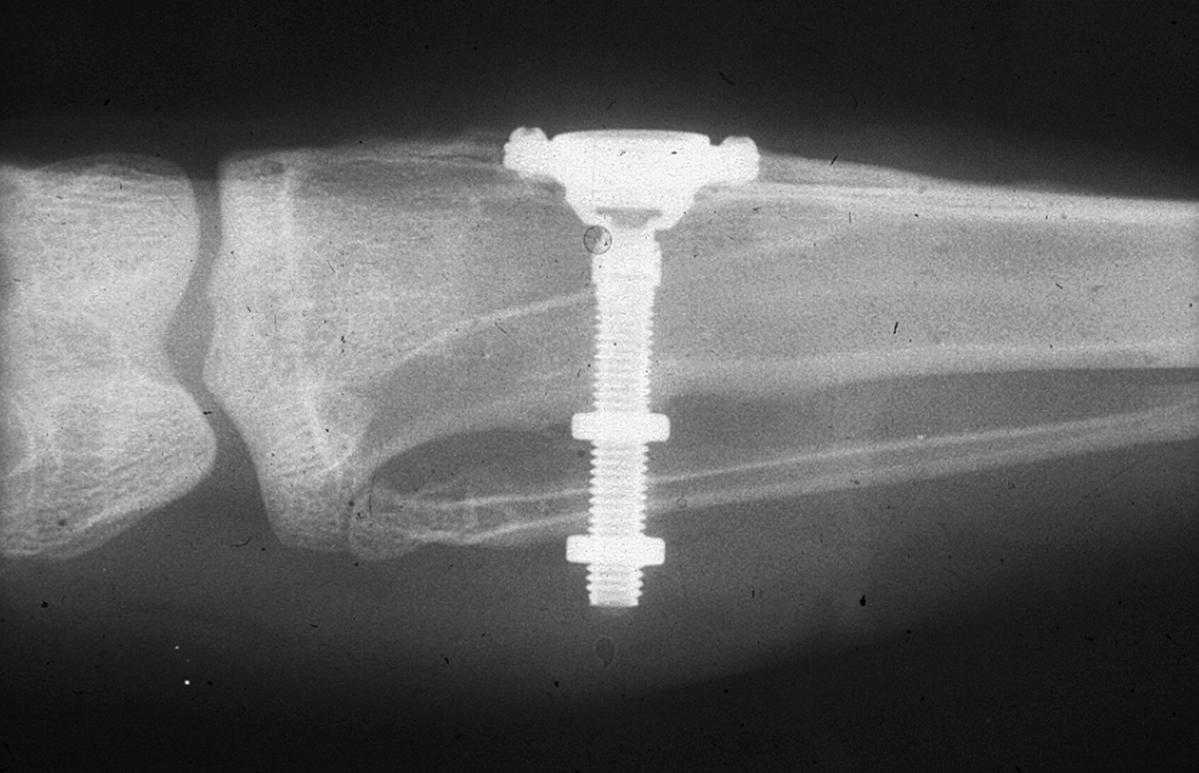Dental Implant Facts

Intriguing historical facts about dental implants
How would you like a bamboo peg tapped into your gums? Or perhaps a hard piece of sea-shell hammered into your jaw? The implants of the past are a far cry from the highly regulated, TGA approved titanium variety of today! Here are some hard-to-believe facts that’ll make you feel lucky you’re living in the 21st century…
In China, implants were fashioned from bamboo pegs
Around 4000 years ago, the Chinese were using carved bamboo pegs and tapping them into the bone to replace missing teeth (please, don’t try this at home!). And 2000-year-old remains in ancient Egypt have also indicated various pegs made of precious metals tapped into the jawbone.
Archaeologists have found relics of numerous other individuals with various pieces implanted in their mouths. In one case, shell was found to be embedded into a Mayan woman’s lower jaw – with bone growing around the implant. This indicates that the implant was, to a greater or lesser degree, steady enough to be maintaining some function rather than just looking like a tooth.

A titanium implant used in a rabbit’s leg
By Per-Ingvar Brånemark – Transferred from en.wikipedia to Commons., CC BY-SA 3.0,
https://commons.wikimedia.org/w/index.php?curid=37541442
Discovering the unique benefits of titanium
It wasn’t until the 1950’s at Cambridge University in England that the benefits of titanium were revealed. At this time, research was being conducted into the blood flow of living organisms. Scientists embedded titanium into the soft tissue of ears of rabbits. Later, the now famous Swedish orthopaedic surgeon Per-Ingvar Brånemark adopted the idea to use in the leg bone of rabbits.
To Branemark’s surprise, when it came to removing the implants it was impossible. The bone had grown around the implant. Effectively, it had adhered to the metal. Further studies involving both humans and animals also concluded that titanium had this unique adherence quality.
Osseointegration
By 1965, Branemark started inserting titanium implants into humans. And, at that time, there were plenty of people with missing teeth, giving him an unending number of subjects to perform his widespread study! It was Branemark that termed the phrase “osseointegration”, the process where bone adheres to titanium implanted in the body.
The fact that titanium encourages bone to adhere to the metal is the reason it’s the preferred metal used in dental implants today.
By Email, CC BY-SA 3.0, https://commons.wikimedia.org/w/index.php?curid=26565223
By 1965, Branemark started inserting titanium implants into humans. And, at that time, there were plenty of people with missing teeth, giving him an unending number of subjects to perform his widespread study! It was Branemark that termed the phrase “osseointegration”, the process where bone adheres to titanium implanted in the body.
The fact that titanium encourages bone to adhere to the metal is the reason it’s the preferred metal used in dental implants today.
By Email, CC BY-SA 3.0, https://commons.wikimedia.org/w/index.php?curid=26565223

Swedish orthopaedic surgeon Per-Ingvar Brånemark invented the term, “osseointegration”.
Titanium is the same material used in space shuttles
Titanium is far stronger and lighter than steel, which ensures that it can last a lifetime. This is why it is the metal of choice by NASA for use in its alloys and to build guided missiles and rockets.
Excellent success rate
US scientific literature reports the success rate of dental implants as 98%.
Implants are quickly gaining popularity
According to the American Academy of implant dentistry, 3 million Americans have dental implants and every year that number is growing by 500,000!
No cavities!
Because titanium dental implants are metal and not an organic part of your body, they are not susceptible to decay. However, you still must maintain good regular hygiene to care for your surrounding gums and remaining teeth.
Tooth implants are for (almost) everybody
Providing you are in relatively good health and are over the age of 15 (for females) or 17 (for males), you can be a candidate for implant dentistry. Younger children cannot have implants as it is vital that your jawbone has completed its growth.
Dental implants are the best choice for tooth replacement
There are still many other alternatives on the market, such as dental bridges, conventional dentures and crowns. However, tooth implants not only lasts forever, but provide the greatest stability, enabling the best quality of life for the patient.
Want to know more about our dental implant procedures?
Find out more about our implants here.


